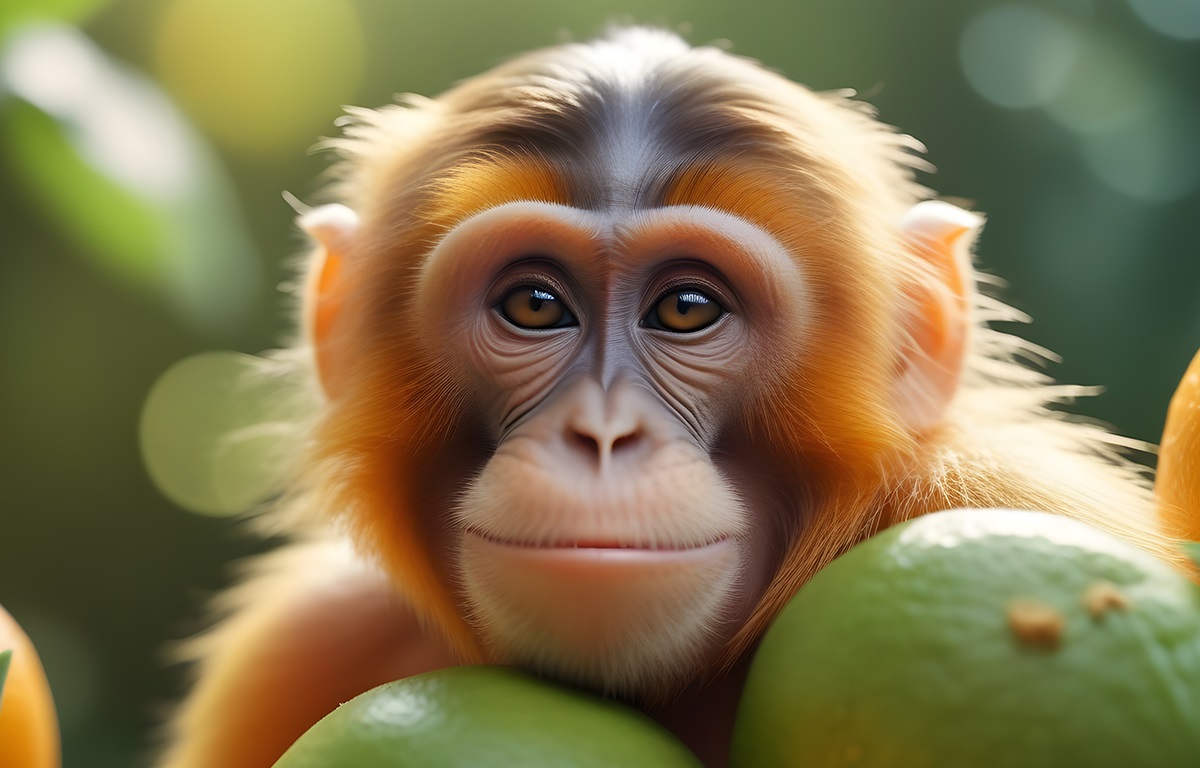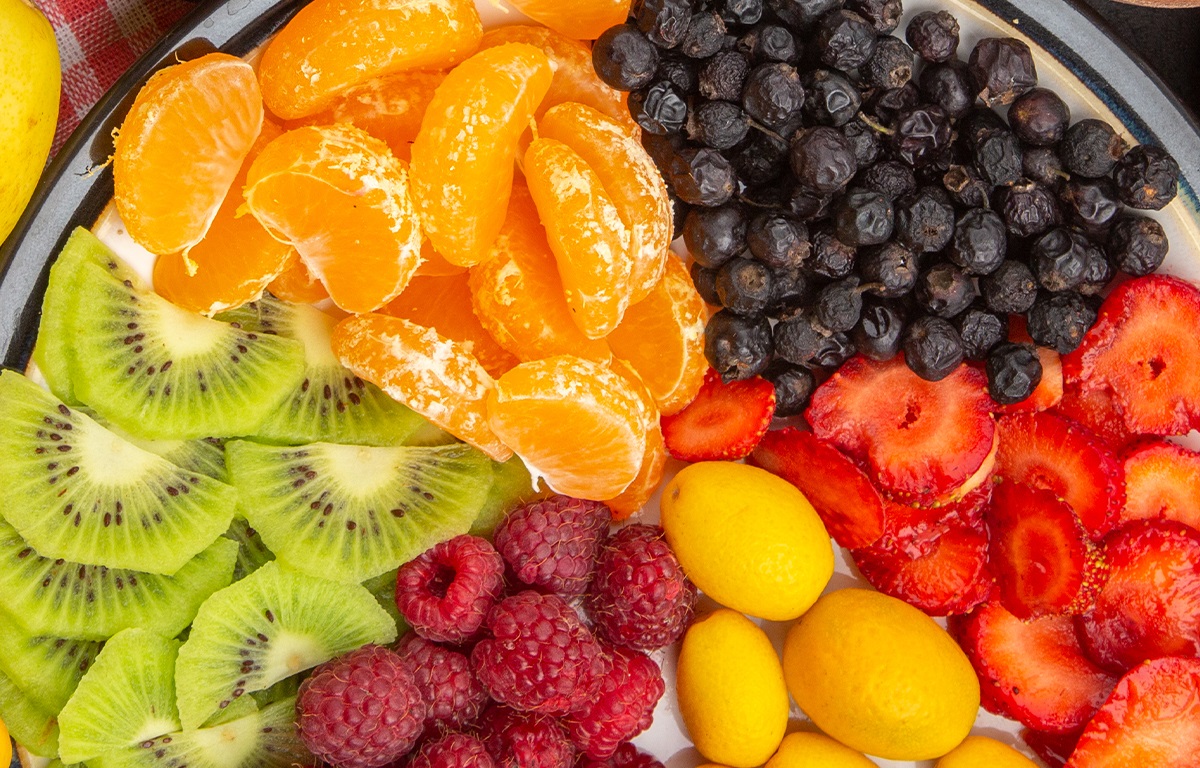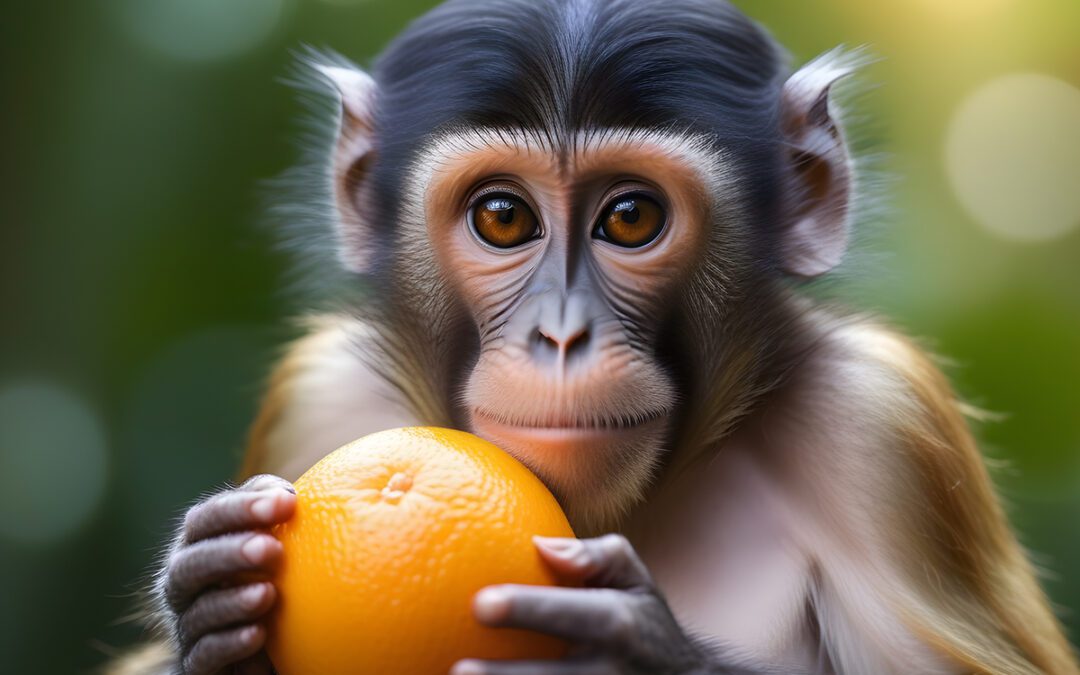The biosynthesis of vitamin C, also known as ascorbic acid, formerly allowed primate and human bodies to exist. This biosynthetic process was functional in early primates and many other mammals, enabling them to produce vitamin C on their own. However, during the course of millions of years evolution, various primates, including humans, have seen alterations in the gene encoding the L-gulonolactone oxidase (GULO) enzyme.

This enzyme is necessary for the production of vitamin C. These mutations banned the use of the GULO enzyme by these primates. These genetic changes resulted in the loss of the ability to biosynthesis of vitamin C in modern humans and some other primates. A number of creatures require vitamin C as a food supplement due to this lack of function. Without an adequate dietary intake of vitamin C, humans and various other primates can develop scurvy, which can have detrimental effects on health. As a result, although the evolution of primates, including our own ancestors, included the manufacture of vitamin C at one point, it has since been lost in some lineages, leaving us dependent on dietary sources of vitamin C today.

What is the reason for losing the GULO enzyme during evolution in primates?
The loss of the GULO (L-gulonolactone oxidase) enzyme in the course of evolution occurred 63,000,000 years ago in primates. There are several considerations, such as pseudogenization, changes in dietary habits, and the availability of vitamin C (ascorbic acid) in the diet. GULO is an enzyme that plays a crucial role in the synthesis of ascorbic acid (vitamin C) in most animals. The reason for the loss of the GULO enzyme in primates, including humans, is thought to be related to dietary changes and evolutionary pressures. There are several possible reasons for the loss of the GULO enzyme, as given as
- Dependence on Dietary Vitamin C: The enzyme that the GULO gene encodes can convert glucose into ascorbic acid (vitamin C) in species where it is functional. These species can satisfy their vitamin C requirements while having a miserable consumption of vitamin C-rich foods thanks to endogenous vitamin C synthesis. The person becomes totally reliant on getting vitamin C from their diet when the GULO gene is dysfunctional, as it is in humans and some other primates.
- Energy conservation: The body needs energy to produce ascorbic acid (vitamin C) from glucose. There may be an evolutionary benefit to saving energy by not synthesizing vitamin C when it is easily available from food sources when a diet is regularly high in vitamin C.
- Mutations: The GULO gene, which produces the GULO enzyme, may have undergone alterations over the course of evolution. Higher primates, guinea pigs, and some bats were found to have several indelible mutations and premature stop codons, which may have rendered the enzyme lethal.
- Positive selection: Certain primate communities may have benefited preferentially from mutations that result in inactive GULO enzymes because those people would not waste energy manufacturing vitamin C when it was abundant in their diet. This selection advantage might have helped these mutations propagate through the population.
It’s crucial to remember that this GULO enzyme loss is an illustration of how evolution can adapt to shifting environmental factors and dietary preferences. Although it would seem like a drawback, most primates were still able to get enough vitamin C from their diet, so it didn’t pose a major issue for them. It does, however, imply that in order to preserve health, contemporary humans and certain other primates must make sure they ingest enough vitamin C in their diets, as a lack can result in scurvy and other conditions.
Fruits and Vegetables containing Vitamin -C
Citrus fruits with rich vitamins C: Including oranges, tangerines, grapefruits, lemons, and limes, are some fruits and vegetables that are high in vitamin C. Kiwis, strawberries, raspberries, pineapple, watermelon, guava, and papaya are more fruits with high vitamin C content.
Vegetables with rich vitamins C: Bell peppers, broccoli, tomatoes, bananas, and snow peas are abundant in vitamin C.

How much vitamin C is in your food diet?
Vitamin labeling analysis is provided by Cultivator Phyto Lab to raw products to finished products as per regulatory compliances. Food and beverage manufacturers and distributors are required to have both naturally occurring and synthetically enhanced vitamins in their food products tested or food fortification. Regulating organizations at both the national and international levels have imposed the same requirements.
Authors : Dr. Sanjoy Gupta and Aditi Pareek
References:
- https://link.springer.com/article/10.1007/s10528-013-9574-0
- https://www.ncbi.nlm.nih.gov/pmc/articles/PMC8325764/pdf/jcbn20-181.pdf
- https://bmcecolevol.biomedcentral.com/articles/10.1186/s12862-019-1454-8
- https://cultivatorphytolab.com/our-labs-facilities/instrument-lab/vitamins/
- Drouin G, Godin JR, Pagé B (2011) The genetics of vitamin C loss in vertebrates. Curr Genomics 12:371-378

